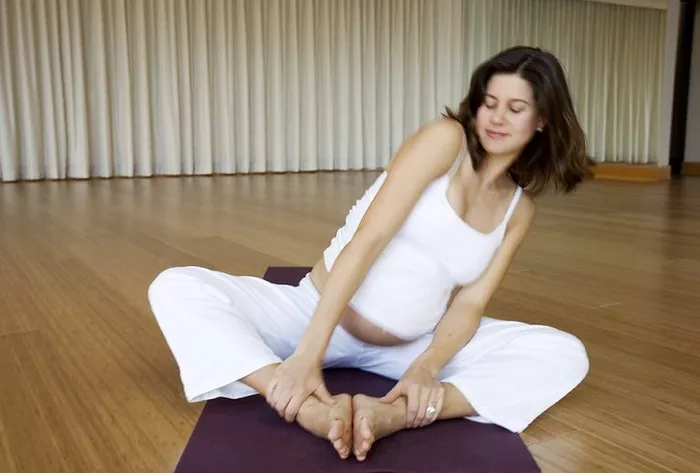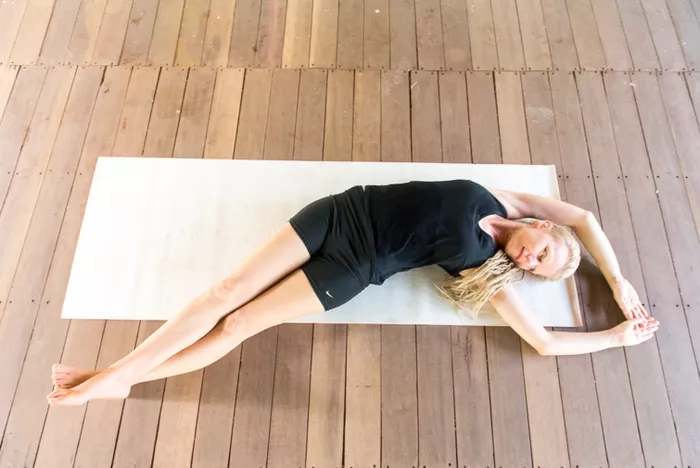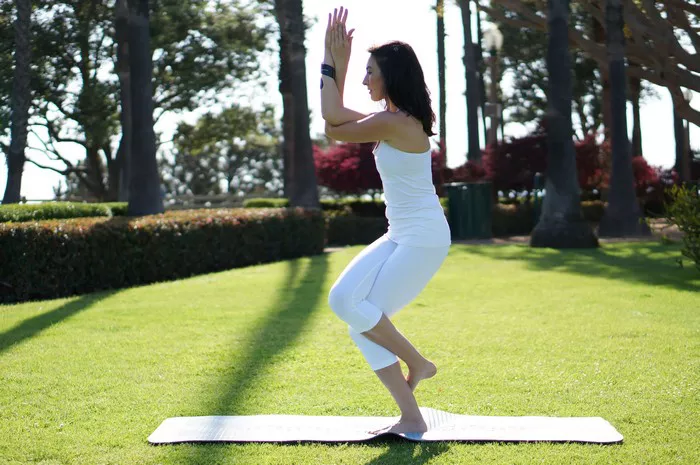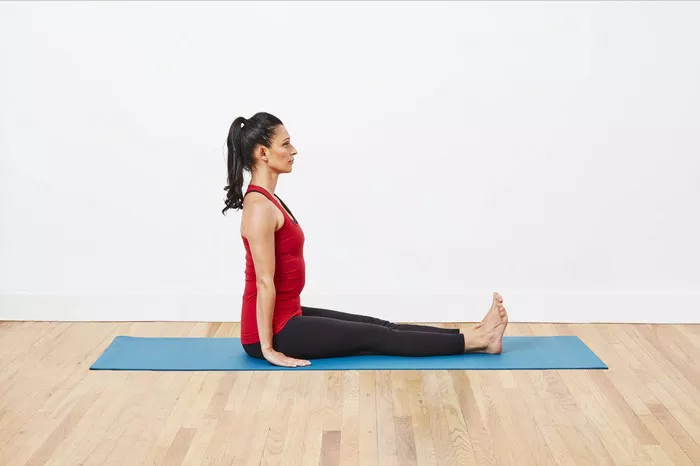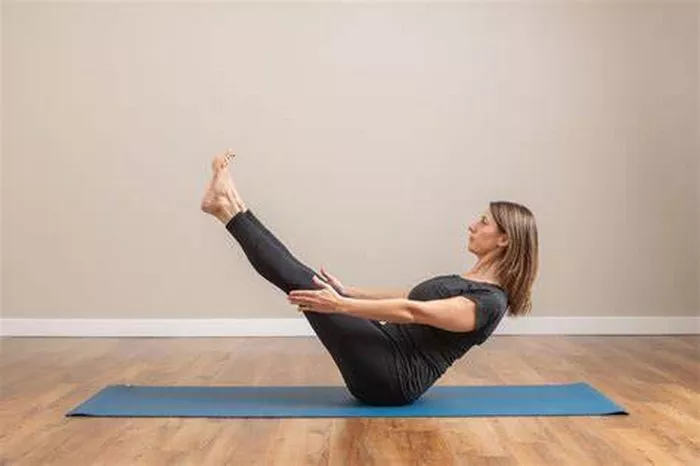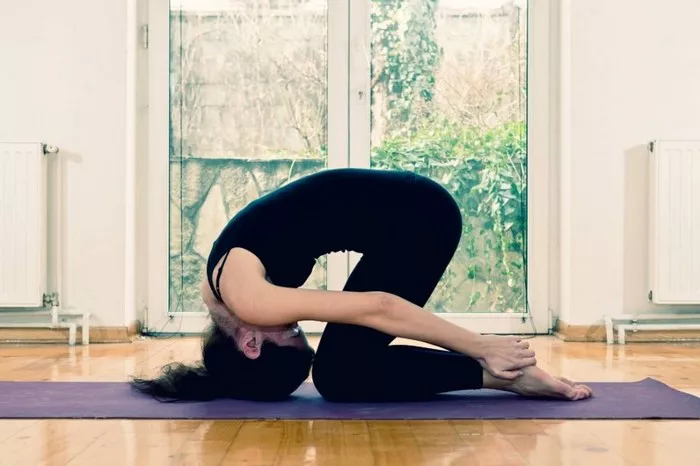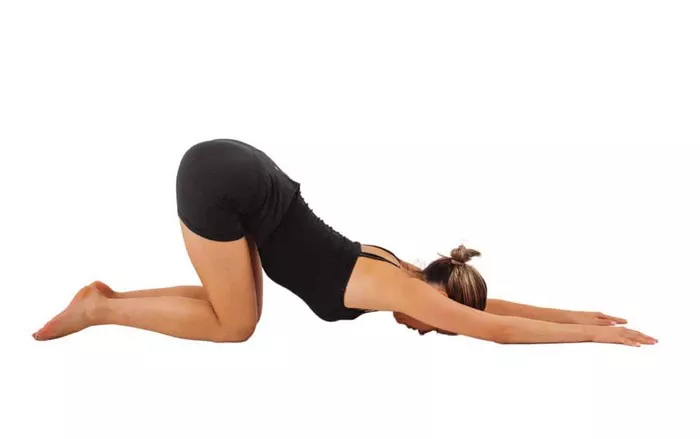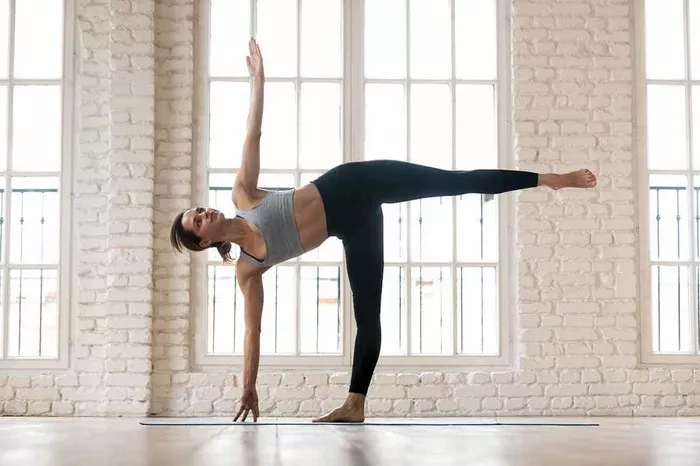Yoga, in its various forms, has long been celebrated for its ability to connect body, mind, and spirit. Among the many styles of yoga, Tantra yoga stands out as one that offers a deep and transformative practice. Known for its profound spiritual aspects and holistic approach, Tantra yoga is often misunderstood or even misrepresented in popular culture. However, at its core, Tantra yoga is a powerful path toward self-realization, inner peace, and deep connection.
In this article, we will explore what happens during Tantra yoga—what it is, what practitioners experience, and the philosophy that underpins it. This guide will provide you with a clear and comprehensive understanding of what occurs during a Tantra yoga session, so that you can approach it with confidence and awareness.
What is Tantra Yoga?
Tantra yoga is an ancient and diverse practice that originated in India thousands of years ago. It combines physical postures, breathwork, meditation, mantra chanting, visualization, and ritual to help practitioners awaken spiritual consciousness. The word “Tantra” comes from the Sanskrit root “tan,” meaning to expand or weave. Thus, Tantra yoga is seen as a way to expand one’s consciousness and weave together the physical, mental, and spiritual aspects of life into a harmonious whole.
Unlike some other forms of yoga that focus primarily on physical postures (asanas), Tantra yoga emphasizes the integration of body, mind, and spirit. It is not simply a form of physical exercise; it is a complete spiritual system aimed at achieving enlightenment and union with the divine.
The Philosophy Behind Tantra Yoga
At its heart, Tantra yoga is rooted in the concept of duality and the belief that everything in the universe is interconnected. In Tantra philosophy, the material world and the spiritual realm are not seen as separate or opposing forces. Instead, they are two aspects of the same divine reality. Tantra encourages practitioners to recognize the sacredness in all things—whether physical, mental, emotional, or spiritual—and to cultivate an awareness of the divine presence in every moment of life.
One of the key principles of Tantra is the idea of Shiva (the divine masculine energy) and Shakti (the divine feminine energy). These two energies are believed to be the fundamental forces of the universe. In Tantra yoga, practitioners aim to awaken and balance these energies within themselves, leading to a state of harmony and wholeness.
Additionally, Tantra teaches that the body is not an obstacle to spiritual growth, but rather a vehicle for spiritual awakening. By honoring the body and all its senses, Tantra practitioners are encouraged to deepen their awareness and transcend the illusion of separateness from the divine.
What Happens During Tantra Yoga Practice?
While each Tantra yoga class or session may vary depending on the teacher and the specific tradition, there are some common elements that are typically present in the practice. Let’s take a look at what you can expect during a Tantra yoga session.
1. Setting an Intention (Sankalpa)
Like many other yoga practices, Tantra yoga often begins with setting an intention or sankalpa. This intention serves as a guide throughout the practice, helping the practitioner stay focused and aligned with their deeper purpose. The intention can be a specific goal or simply a commitment to cultivating mindfulness, love, or spiritual growth. In Tantra, the intention is not just mental; it is believed to have a profound energetic impact, helping to shape your reality and guide your inner transformation.
2. Grounding and Centering
Before diving into the more complex practices, Tantra yoga begins with grounding and centering exercises. These might include gentle breathwork, body scans, or seated meditations. The goal is to bring the practitioner’s awareness into the present moment and create a calm, open space for the practice to unfold.
The breath is a key focus here. Breathwork in Tantra is often slow and controlled, helping to activate the parasympathetic nervous system and bring a sense of stillness. This calming effect on the mind prepares the practitioner to experience a deeper connection to their body, energy, and spirit.
3. Pranayama (Breathing Exercises)
In Tantra yoga, pranayama (breath control) is an essential tool for cultivating spiritual awareness. Pranayama techniques are used to regulate the flow of prana (life force energy) throughout the body. By controlling the breath, practitioners are able to balance their energy, clear blockages, and enhance their overall sense of vitality.
One common pranayama practice in Tantra is ujjayi breath, which involves breathing deeply and steadily through the nose, with a slight constriction in the throat to create a soft, ocean-like sound. This breath helps to awaken the inner fire and bring awareness to the present moment.
Other pranayama techniques used in Tantra may include alternate nostril breathing (nadi shodhana) or breath retention (kumbhaka), both of which are believed to purify the energy channels and balance the flow of prana.
4. Asana Practice
Although Tantra yoga is not focused solely on physical postures like some other yoga styles, asanas still play an important role in the practice. In Tantra, asanas are used to prepare the body for meditation, increase the flow of energy, and open the body’s energy channels.
During a Tantra yoga session, the asanas are typically slower and more deliberate. Postures are held for longer periods of time to allow for a deeper connection to the body’s sensations and energy. There is also an emphasis on integrating the breath with each movement, allowing the breath to guide the practitioner into a state of relaxation and awareness.
Unlike traditional yoga classes, Tantra asanas may include more unconventional movements, such as circular motions or hip rotations, to help release tension and unblock stagnant energy in the body.
5. Mudras and Bandhas
In Tantra, mudras (hand gestures) and bandhas (body locks) are often incorporated to enhance the flow of energy within the body. Mudras are symbolic gestures that can help channel energy and direct attention to specific areas of the body. They are believed to have both physical and spiritual effects, helping to balance the energies within the practitioner.
Bandhas, on the other hand, are specific muscle contractions that are used to lock and seal energy within the body. The most common bandhas used in Tantra yoga are the moola bandha (root lock), uddiyana bandha (abdominal lock), and jalandhara bandha (throat lock). These locks help to contain the prana and direct it upward through the energy channels, facilitating spiritual awakening.
6. Mantra Chanting and Sound Vibration
Mantras—sacred words or sounds—are an essential part of Tantra yoga. Chanting or repeating mantras during practice helps to focus the mind, raise the vibration of the practitioner, and invoke divine energy. In Tantra, sound is considered to have a powerful spiritual impact. The repetition of mantras helps to clear the mind and create a vibrational shift in the body.
Common mantras in Tantra include the seed mantra Om (the universal sound of creation) and specific bija mantras associated with various deities. The repetition of these sounds can create a meditative state and help the practitioner connect to higher states of consciousness.
7. Meditation and Visualization
Meditation is another cornerstone of Tantra yoga. During meditation, the practitioner may engage in guided visualizations designed to awaken the inner energies and facilitate deep spiritual connection. One common practice is the visualization of the kundalini energy, which is believed to lie dormant at the base of the spine. Through meditation and specific techniques, this energy is awakened and guided upward through the chakras, leading to spiritual enlightenment.
Other meditation practices may focus on cultivating specific qualities such as love, compassion, or wisdom, or on connecting with the divine. In Tantra, meditation is a way of transcending the ego and experiencing a sense of oneness with the universe.
8. Ritual and Sacred Space
In many Tantra yoga practices, rituals are used to honor the divine and create a sacred space. This may involve lighting candles or incense, using sacred symbols or objects (such as a yantra), and performing offerings or prayers. These rituals help to elevate the practice to a spiritual level and remind practitioners of the sacredness of the present moment.
The space in which Tantra yoga is practiced is often carefully prepared to create an atmosphere of reverence and sanctity. Practitioners are encouraged to bring a sense of devotion and respect to the practice, treating it as a form of worship or sacred service.
9. Awakening the Divine Feminine and Masculine Energies
In Tantra, there is a profound emphasis on balancing the divine feminine (Shakti) and divine masculine (Shiva) energies within oneself. During practice, practitioners are often encouraged to explore and embrace both aspects of their nature, transcending any limitations imposed by gender, societal norms, or personal beliefs. This balance of energies is thought to lead to a deeper sense of wholeness and spiritual fulfillment.
The Benefits of Tantra Yoga
The practice of Tantra yoga offers numerous physical, mental, emotional, and spiritual benefits. Some of the key benefits include:
- Increased Energy: Tantra yoga helps to balance the flow of prana, increasing vitality and energy levels.
- Heightened Sensitivity: Through breathwork, meditation, and asana, practitioners become more attuned to their body’s sensations and subtle energies.
- Emotional Healing: Tantra yoga promotes emotional release and healing by encouraging practitioners to confront and embrace their emotions rather than suppress them.
- Spiritual Awakening: Tantra offers a direct path to spiritual awakening by encouraging practitioners to connect with the divine and transcend the limitations of the ego.
- Enhanced Intimacy: The practices of Tantra yoga can deepen intimacy in relationships by fostering trust, openness, and a shared connection to the divine.
Conclusion
Tantra yoga is a rich and transformative practice that goes far beyond physical postures. It offers a holistic approach to spiritual growth, emphasizing the integration of body, mind, and spirit. Through the practices of breathwork, asanas, mantra chanting, meditation, and rituals, Tantra yoga provides a path for awakening, healing, and self-realization.
Whether you are new to Tantra yoga or have been practicing for years, each session offers an opportunity to dive deeper into your own consciousness and connect with the divine energy within. The journey is one of self-discovery, inner peace, and spiritual awakening. It is a practice that invites you to honor all aspects of your being and recognize the sacredness in every moment.
Related Topics:


